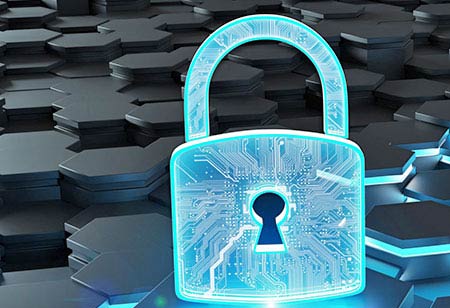THANK YOU FOR SUBSCRIBING
Major Cybersecurity Risks in 2021
About 70 percent of threats reach from endpoints. With so many remote workers depending on always-on endpoints like laptops and servers, VPNs, and cloud-based SaaS, it's critical to consider how to incorporate a comprehensive security solution.

By
Apac CIOOutlook | Friday, April 30, 2021
Stay ahead of the industry with exclusive feature stories on the top companies, expert insights and the latest news delivered straight to your inbox. Subscribe today.
About 70 percent of threats reach from endpoints. With so many remote workers depending on always-on endpoints like laptops and servers, VPNs, and cloud-based SaaS, it's critical to consider how to incorporate a comprehensive security solution.
Fremont, CA: Many companies already have a large remote workforce, emerging technology in use, and digital transformation underway around the board, thanks to an unexpected year of massive change. Although this has created many opportunities for small businesses, it has also created a slew of cybersecurity issues.
To resolve these barriers, one must first fix some main areas of possible weakness. The areas that companies must prepare for in their 2021 cybersecurity strategy to minimize risks are outlined below.
About 70 percent of threats reach from endpoints. With so many remote workers depending on always-on endpoints like laptops and servers, VPNs, and cloud-based SaaS, it's critical to consider how to incorporate a comprehensive security solution.
To reduce the risk associated with the remote workforce, use a robust, layered cybersecurity approach, augmenting or even replacing legacy tools like antivirus that aren't designed to tackle today's threats. Expand the spectrum of your SIEM to include all endpoints, incorporate defense-in-depth capabilities for vulnerable devices, and use threat prevention, identification, and response to create a comprehensive approach.
Work-from-Home Issues
Remote workers have brought a lot to the table, including versatility, adaptability, and, sadly, a slew of new attack vectors. We've made a quick transition to working from home, and the transition to dispersed devices and modern networks has revealed some security concerns.
Mobile devices and remote workers can no longer be protected solely by network protection. To maintain protection across enterprise operations, safe remote connections and multifactor authentication (MFA) are essential.
See Also :Top IoT Vendors





